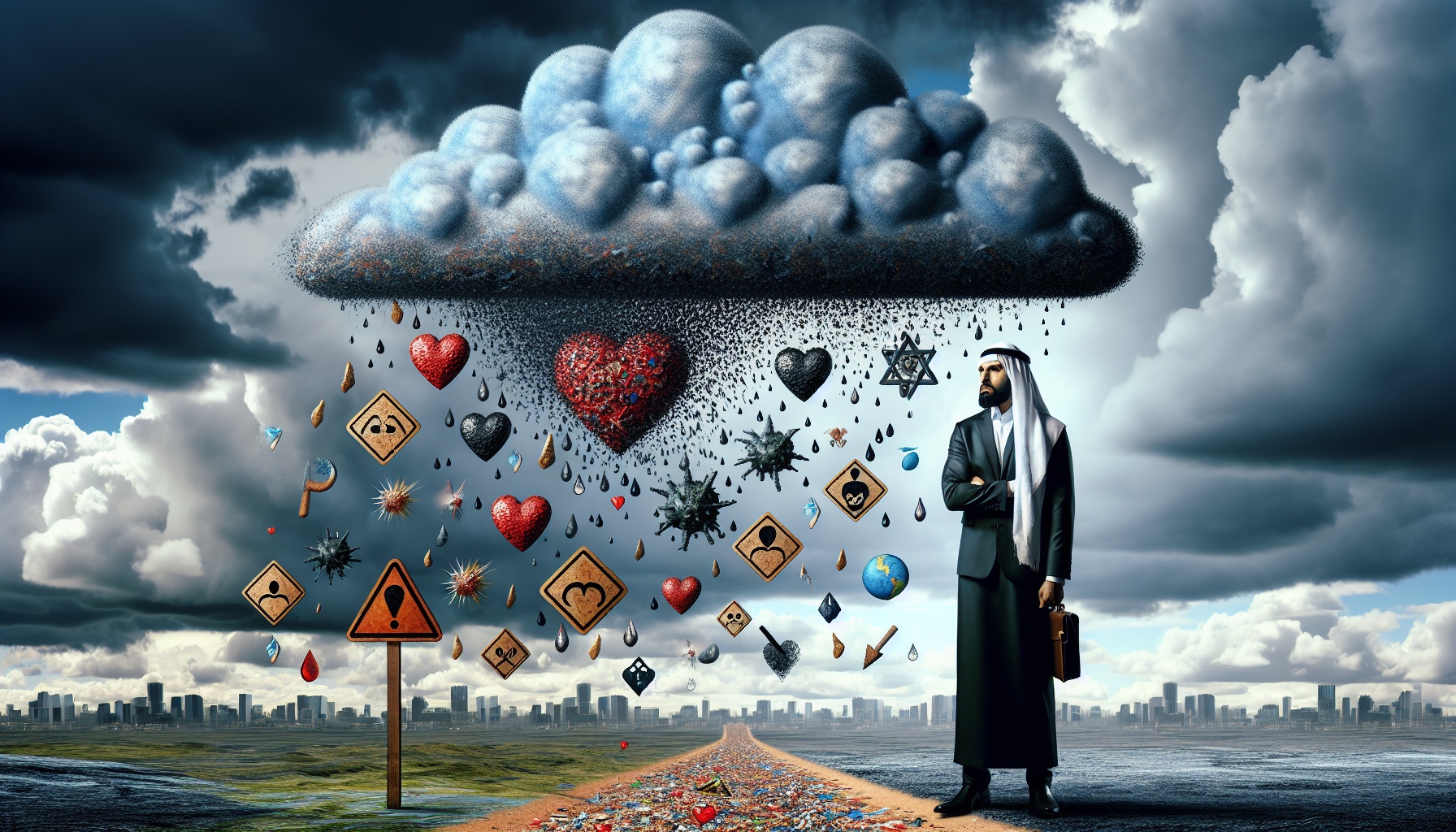Capturing the Totality: A Photographer's Guide to the 2024 Eclipse

To effectively capture the eclipse, photographers need to have the right equipment. Here are some essential items: 1. **Camera:** A DSLR or mirrorless camera with manual settings is ideal. These cameras allow for quick adjustments to exposure settings, enabling photographers to adapt to the rapidly changing light conditions during the eclipse. 2. **Lenses:** A telephoto lens (200mm or longer) is essential for zooming in on the eclipse, capturing detailed images of the sun and its corona. A wide-angle lens (24mm or 35mm) is also recommended for framing the landscape around you as the eclipse unfolds, enhancing the storytelling aspect of your photos. 3. **Tripod:** A sturdy tripod is crucial for stabilizing your camera during long exposures, especially during the moments just before and after totality when light levels drop significantly. 4. **Solar Filters:** Proper solar filters are necessary for protecting both your camera and your eyes. Use a solar filter for all phases of the eclipse except for the brief period of totality when the sun is entirely covered by the moon. 5. **Remote Shutter Release:** This tool allows you to take photos without physically touching the camera, thereby reducing the risk of camera shake, which can blur your images.
Techniques for Capturing the Eclipse
Once you have the right equipment, understanding the techniques that will help you achieve stunning photographs is vital: 1. **Practice Before the Event:** Familiarize yourself with your camera settings and practice photographing the sun in the weeks leading up to the eclipse. This preparation will help you adjust your settings quickly during the event. 2. **Plan Your Shots:** Scout your location ahead of time. Consider the landscape and elements you want to include in your shots, and plan how you will frame the eclipse in relation to your surroundings. 3. **Bracket Your Exposures:** The light during an eclipse changes rapidly. Bracketing exposures—taking multiple shots at different exposure levels—will increase your chances of capturing the perfect image, especially during the fleeting moments of totality. 4. **Capture the Moments:** Totality lasts only a few minutes, so be ready to photograph the different phases of the eclipse. Start capturing images during the partial phases and continue until totality. In the moments of totality, focus on capturing the corona and any atmospheric effects, such as the dramatic change in lighting or the behavior of wildlife. 5. **Post-Processing:** After the event, use photo editing software to enhance your images. Adjusting contrast, brightness, and saturation can help emphasize the details of the eclipse and the surrounding landscape, allowing you to create vivid, memorable photographs.
Optimal Locations for Viewing
Choosing the right location can significantly impact your photography experience. Here are some prime locations along the path of totality: 1. **Texas Hill Country:** This area offers stunning landscapes, rolling hills, and clear skies, making it an ideal spot for photographers looking to capture both the eclipse and the natural beauty of the region. 2. **Little Rock, Arkansas:** With urban views and scenic parks, Little Rock provides an excellent backdrop for capturing the eclipse. The city’s skyline can create dynamic compositions that highlight the celestial event against a vibrant urban setting. 3. **Indianapolis, Indiana:** The city will host various events, and its skyline presents unique opportunities for capturing the eclipse, providing an urban contrast to the natural phenomenon. 4. **Cleveland, Ohio:** Positioned along Lake Erie, Cleveland offers unique opportunities to capture the eclipse with the water reflecting the celestial event, creating mesmerizing compositions that combine natural and urban elements.
The total solar eclipse of 2024 is a once-in-a-lifetime opportunity for photographers to capture a remarkable celestial event. By preparing with the right equipment, understanding key techniques, and selecting optimal viewing locations, you can ensure that your eclipse photography is both captivating and memorable. Whether you’re aiming for breathtaking close-ups of the sun’s corona or wide landscapes that encapsulate the atmosphere of the moment, the tips outlined in this guide will help you create stunning images that you can cherish for years to come. So mark your calendars, gather your gear, and get ready to capture the totality—an extraordinary moment that unites us all under the awe of the cosmos.
Astrophotographer
Planetariums, observatories, NASA, private astrophotography companies
Core Responsibilities
Capture high-quality images of celestial events, such as solar eclipses, using specialized equipment and techniques.
Process and edit raw images to enhance visual quality and detail, with a focus on the unique aspects of astronomical phenomena.
Required Skills
Proficiency in using DSLR or mirrorless cameras, telescopes, and astrophotography software (e.g., Photoshop, Lightroom).
Strong understanding of astrophysics and celestial mechanics to effectively plan shoots during events.
Wildlife Photographer
Nature magazines, wildlife conservation organizations, documentary film companies
Core Responsibilities
Document wildlife behavior during unique events like solar eclipses, capturing the effects of sudden darkness on animals.
Collaborate with scientists to provide visual evidence for studies on animal behavior and environmental changes during celestial events.
Required Skills
Expertise in telephoto and macro photography techniques, with the ability to work in diverse and challenging environments.
Knowledge of animal behavior and habitats, particularly how they respond to changes in light and temperature.
Event Coordinator for Astronomical Events
Museums, science centers, astronomy clubs or societies
Core Responsibilities
Plan and execute public viewing events for solar eclipses, including logistics, marketing, and engagement activities.
Coordinate with local authorities and businesses to ensure safety and accessibility for attendees at viewing locations.
Required Skills
Strong organizational and project management skills, with experience in event planning and community outreach.
Familiarity with astronomy and related educational programs to enhance attendee experience.
Photographic Equipment Specialist
Camera retailers, specialty photography shops, online photography platforms
Core Responsibilities
Advise customers on the best equipment for capturing astronomical events, including cameras, lenses, and filters.
Provide technical support and training on how to use photography equipment for celestial photography.
Required Skills
In-depth knowledge of photography gear, particularly for astrophotography, including solar filters and exposure settings.
Excellent communication skills to effectively educate customers on equipment usage and capabilities.
Science Communicator/Writer
Science magazines, educational institutions, online content platforms
Core Responsibilities
Write articles and content about astronomical events, including guides on how to prepare for photography during phenomena like solar eclipses.
Engage with audiences through social media and public speaking to promote understanding of astronomy and photography.
Required Skills
Strong writing and editing skills, with the ability to simplify complex scientific concepts for a general audience.
Familiarity with photography techniques and equipment to provide practical advice in articles.


